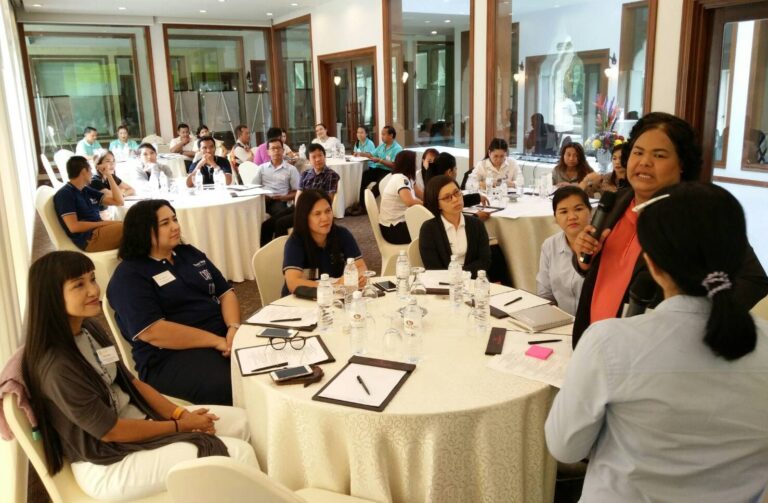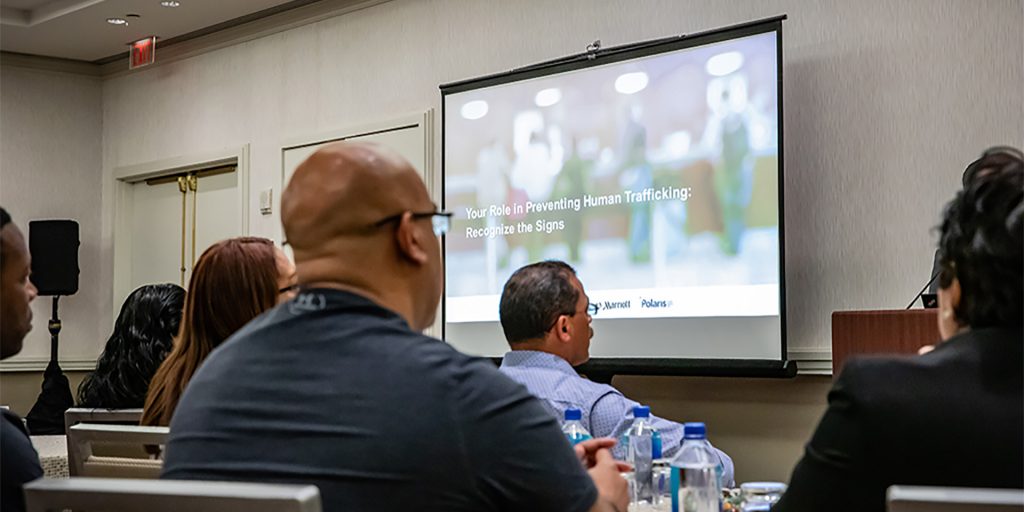Last month, Parliamentarians from ASEAN Member States agreed to a 24-point checklist, which will guide future legal interventions to protect children in their home countries, during 10th ASEAN Inter-Parliamentary Assembly (AIPA) Caucus in Malaysia.
One of the points of the checklist is to establish national reporting systems so people can easily report a crime if they see something suspicious. This is a significant development for the region, where child sexual exploitation of children continues to increase in tandem with a massive growth in the travel and tourism industry.
Law enforcement rely heavily on the reports of members of the public, travellers and the tourism industry as a crucial extra set of eyes and ears to keep children safe. Children rely on adults to protect them from harm. No matter where we are in the world, we all have a responsibility to make sure children live free from physical, emotional and sexual abuse.
Children in tourist areas are particularly vulnerable to sexual abuse and exploitation. In places like hotels, tourist attractions, restaurants, bars, massage parlours and on the street, children can be at risk from travelling child sex offenders, who take advantage of poverty, social exclusion and vulnerability to abuse and exploit. Victims can also be trafficked from one location to another through air, land or sea between countries or between cities.
Numbers are difficult to estimate, but the ECPAT Global Study shows that no country is immune to the sexual exploitation of children in travel and tourism, and that this crime is a growing problem. Debunking the stereotype that those engaged in child sexual exploitation are western tourists, the report also shows that regional and business travellers, expats and volunteers are increasingly involved.
Training the hotel industry in Phuket
Chotika Khrumanee, The Code’s Project Coordinator in Phuket for the TUI Together for the Protection of Children in Travel and Tourism project has been working in Phuket since 2018 to train local tourism industry, including hotel staff on how to recognise and report suspicious cases of child sexual exploitation.
She says that many hotel staff were exposed to potential cases of sexual exploitation of children but were not equipped to recognise the signs or know what to do.

“Recently at a training for hotel staff, some participants admitted they regretted checking in an adult quests with children in their previous roles because before receiving the training the hotel staff did not realise that these children might be a risk. In the future they now how to take action if they ever see something suspicious” she said.
Since 2013, members of The Code have trained 969,560 people to identify and report suspected cases of child sexual exploitation. Training staff is one of the six criteria of The Code that members commit to in order to keep children safe.
By joining The Code, travel and tourism companies gain access to tools and resources to prevent the sexual exploitation of children and demonstrate their commitment and leadership in the industry to keeping children safe.
In early 2018, an American Airlines employee rescued two children from a potential trafficking situation. The employee’s quick thinking and feeling that something was suspicious led to finding out that the two girls had their tickets arranged for them to meet someone they had met online.
In 2019, Marriott International announced they had trained over 500,000 staff to recognise the signs of human trafficking and child sexual exploitation in their hotels.
These are just some of the examples of success from members of The Code.

What are the signs and the risks?
The signs of child sexual exploitation can be hard to spot, particularly if a child is being threatened. That’s why it is important to know what puts a child at risk, and what the signs are.
Examples of the warnings that Marriott International shares with its staff include:
- Minimal luggage and clothing
- Multiple men seen being escorted one at a time to a guest room
- Individuals who can’t speak freely or seem disoriented
- Guests who insist on little or no housekeeping
For travellers staying in tourist areas the signs can include:
- A child acting fearful, disoriented, or under the influence of drugs or alcohol
- Showing signs of physical abuse
- Dressed inappropriately for their age
- Being offered money or gifts by adults
- Staying out late
- Staying in a hotel room which is visited by adults
- Being treated in a demeaning or aggressive manner
Even if a report does not immediately lead to an arrest, it often does help paint a bigger picture and provide valuable further evidence to a broader investigation. Often investigations into travelling child sex offences go on for several years and require the exchange of information between many different law enforcement agencies. In the end it can save a child’s life.
Find out how your company can train staff and protect children in travel and tourism here.
Remember: If you know or believe a child is in immediate danger, call the local police authorities.

